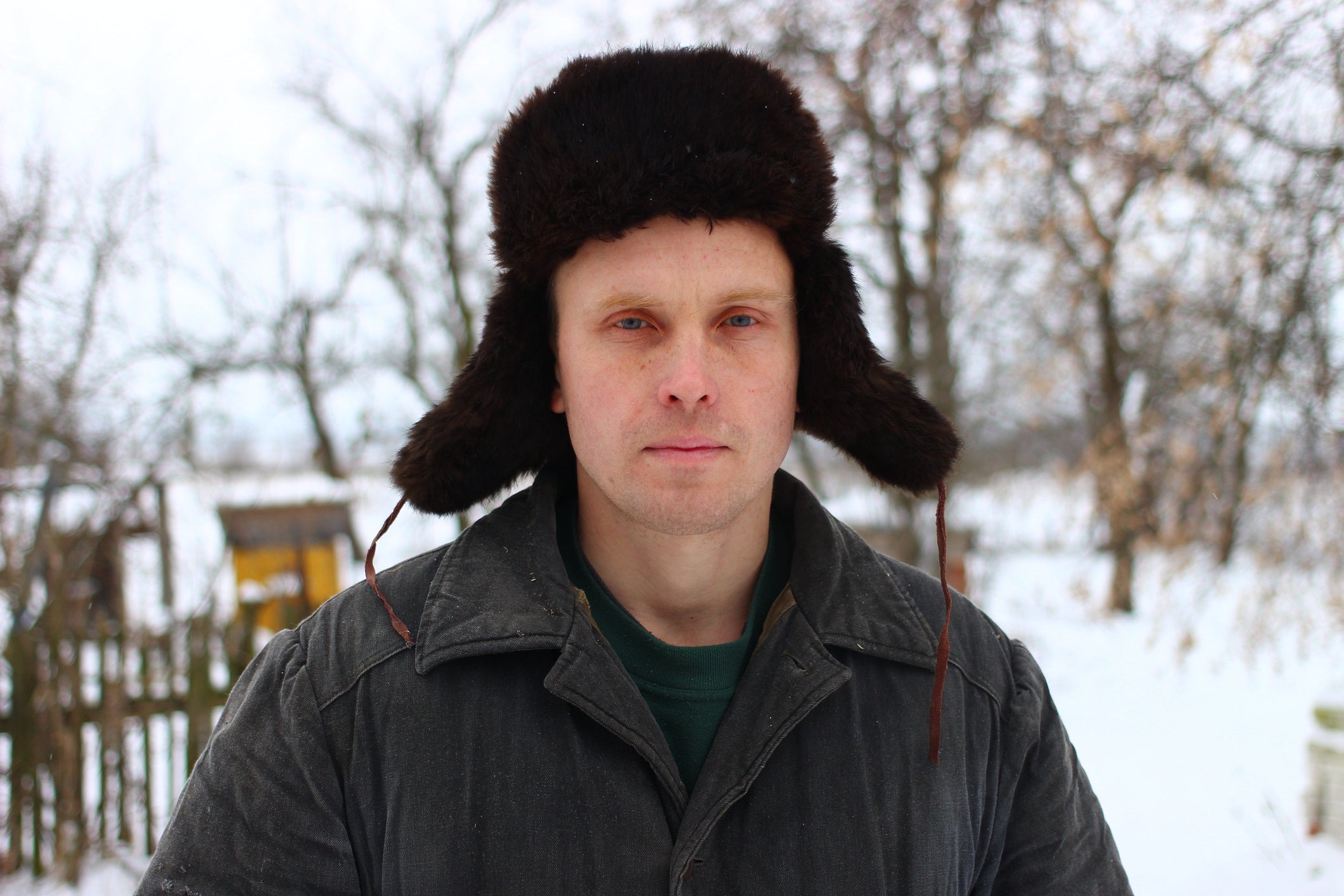Introduction
When the temperatures drop and the icy winds start to blow, there’s one accessory that stands the test of time: the classic trapper hat. Originally designed for rugged outdoor work, this iconic winter hat has evolved into a stylish and practical piece for everyone. But what makes the trapper hat such a timeless winter essential? Let’s dive into its history, design, materials, and the best ways to style it for both functionality and fashion.
The History of the Trapper Hat
The origins of the trapper hat can be traced back to early hunters and fur traders in Russia and North America. These hats, commonly made from fur and thick materials, were designed to provide maximum warmth in freezing conditions. Over time, the hat became a staple among military personnel, Arctic explorers, and eventually, mainstream fashion.
-
Russian Ushanka Influence – The Russian ushanka, a fur hat with ear flaps, is one of the biggest inspirations for the modern trapper hat (Smithsonian Magazine).
-
Adoption by Fur Trappers – Early American and Canadian fur trappers relied on these hats to survive harsh winters in the wilderness.
-
Military Use – During World War II, military forces used trapper hats to keep soldiers warm in extreme cold conditions (History.com).
Key Features of a Classic Trapper Hat
A trapper hat isn’t just about looks—it’s a functional winter accessory with several unique design elements:
-
Insulated Lining – Often lined with faux fur, fleece, or shearling to retain body heat.
-
Ear Flaps – The most distinguishing feature, which can be worn down for warmth or tied up for ventilation.
-
Adjustable Chin Strap – Ensures a snug fit and protects against wind.
-
Weather-Resistant Exterior – Made from materials like wool, leather, or water-resistant nylon to block cold air and moisture.
Materials Used in Trapper Hats
The material of a trapper hat determines both its warmth and durability. Here are the most common materials used:
1. Fur and Faux Fur
-
Provides superior warmth and a luxurious feel.
-
Common furs include rabbit, fox, and shearling.
-
Ethical alternatives: Faux fur options replicate the warmth of real fur without harming animals.
2. Wool and Fleece
-
Naturally insulating and breathable.
-
Fleece linings provide extra comfort without adding bulk.
-
Ideal for lightweight, everyday wear.
3. Leather and Suede
-
Highly durable and stylish.
-
Often paired with shearling lining for added warmth.
-
Best suited for harsh winter conditions.
4. Nylon and Polyester
-
Water-resistant and windproof for outdoor activities.
-
Lightweight and easy to clean.
-
Popular for skiing and snowboarding.
Best Uses for a Classic Trapper Hat
Trapper hats are perfect for various winter activities, including:
-
Outdoor Work – Essential for construction workers, loggers, and farmers facing freezing temperatures.
-
Winter Sports – Ideal for skiing, snowboarding, and ice fishing.
-
Casual Wear – Adds a touch of vintage charm to everyday winter outfits.
-
Military and Tactical Use – Provides warmth without sacrificing mobility and protection.
How to Style a Trapper Hat
Not just for survival, the trapper hat has become a fashion statement. Here’s how to wear it stylishly:
-
Casual Winter Look – Pair a wool trapper hat with a puffer jacket and jeans.
-
Vintage Outdoorsman Vibes – Leather trapper hats look great with a flannel shirt and hiking boots.
-
Streetwear Edge – Opt for a faux fur trapper hat with an oversized coat and sneakers.
-
Formal Winter Wear – A black shearling-lined trapper hat pairs well with a long wool coat and leather gloves.
Choosing the Right Trapper Hat for Your Needs
With so many options available, selecting the right trapper hat depends on:
-
Weather Conditions – For extreme cold, choose a fur-lined hat; for light winters, a wool or fleece version works well.
-
Activity Level – If engaging in outdoor sports, go for a lightweight, water-resistant model.
-
Style Preferences – Leather or faux fur for fashion-forward individuals, nylon for practical wear.
Caring for Your Trapper Hat
To extend the lifespan of your trapper hat, follow these care tips:
-
Fur and Faux Fur: Brush regularly and spot clean with a damp cloth.
-
Wool and Fleece: Hand wash in cold water and air dry.
-
Leather and Suede: Use a leather conditioner and store in a cool, dry place.
-
Nylon and Polyester: Machine wash on a gentle cycle and avoid harsh detergents.
Where to Buy the Best Classic Trapper Hats
Looking for a high-quality trapper hat? Check out these recommendations:
-
✅ Winter Trapper Hats Collection – Durable, insulated hats for extreme cold conditions.
-
✅ Outdoor Work Headgear – Best for construction and outdoor workers.
-
✅ Water-Resistant Trapper Hats – Ideal for wet and snowy conditions.
Conclusion
The classic trapper hat is more than just a winter necessity—it’s a timeless piece that blends functionality and fashion. Whether you’re braving extreme cold, hitting the slopes, or simply elevating your winter wardrobe, the trapper hat remains a reliable and stylish choice for all.
FAQs
1. Are trapper hats good for extreme cold weather?
Yes! They provide excellent insulation, especially when lined with fur or fleece.
2. Can trapper hats be worn casually?
Absolutely! They can be styled with casual and formal winter outfits.
3. What’s the warmest material for a trapper hat?
Real or faux fur, shearling, and thick wool offer the best warmth.
4. How do I clean a faux fur trapper hat?
Use a soft brush and damp cloth to remove dirt. Avoid soaking in water.
5. Are trapper hats still in style?
Yes! They remain a classic winter accessory and are often seen in fashion and outdoor wear collections.
👉 Stay warm this winter! Explore top-quality trapper hats today: Winter Trapper Hats Collection

